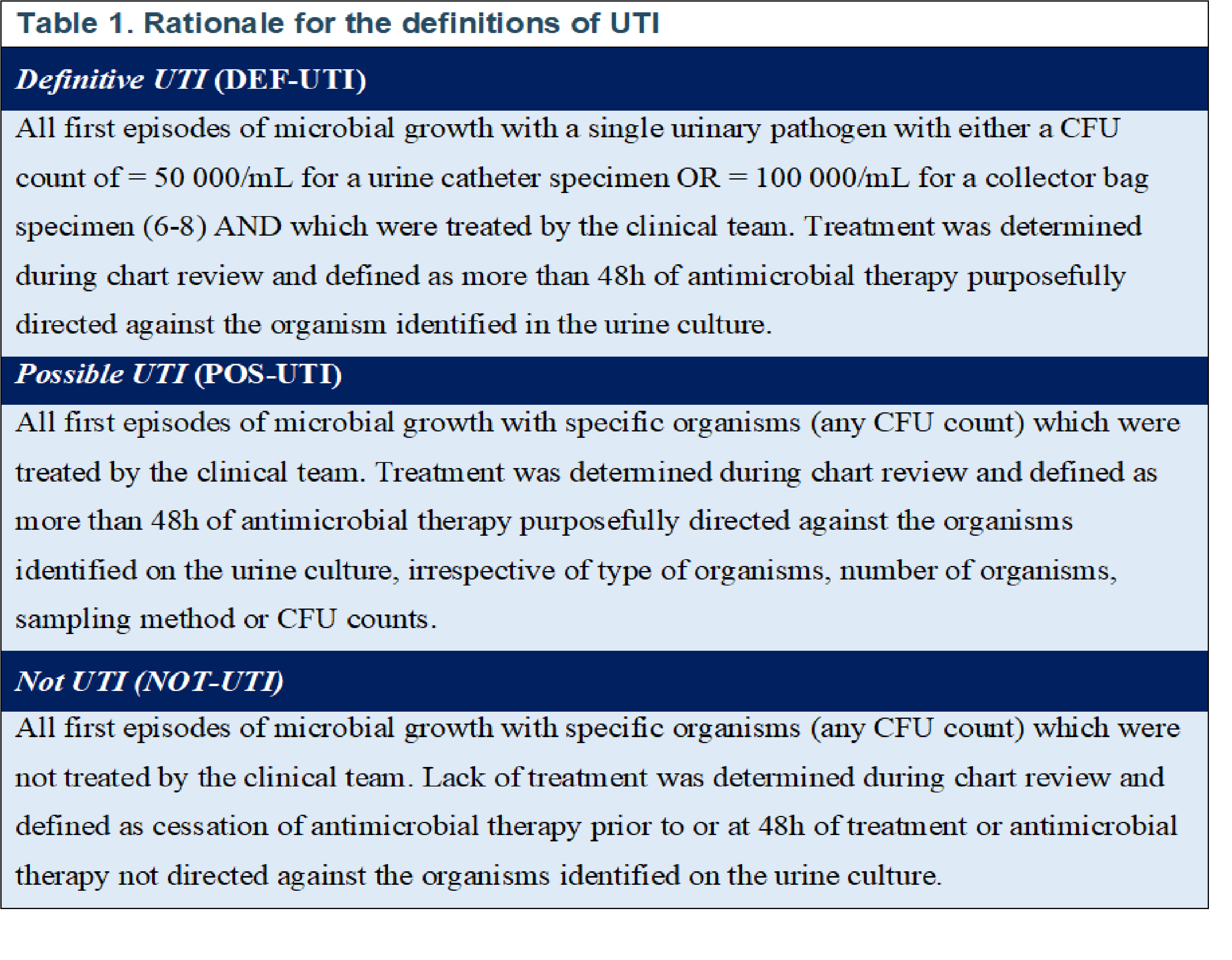Neonatal Infectious Diseases/Immunology
Neonatal Infectious Diseases/Immunology 6
470 - Urinary Tract Infections in Very Premature Neonates: The Definition Dilemma
Publication Number: 470.432

Assil Abda, MD (he/him/his)
PGY-4 neonatal and perinatal medicine fellow
CHU Sainte-Justine
Montréal, Quebec, Canada
Presenting Author(s)
Background:
While there are clear guidelines on the diagnosis and management of urinary tract infections (UTIs) in term infants, comparatively little data exists on UTIs in very preterm neonates (VPTNs), leading to variable management practices in this population.
Objective: Our objectives were to (i) better characterize the semiology and microbiology of UTIs in VPTNs and to (ii) compare the management practices of neonatal clinicians to established pediatric guidelines.
Design/Methods: All VPTNs (< 29 weeks GA) labelled with a diagnosis of UTI in the Canadian Neonatal Network database admitted to the CHU Sainte-Justine NICU from January 1, 2014 and December 31, 2019 were included in this study and divided into three definition categories based on chart review: Not-UTI (NOT-UTI), Possible UTI (POS-UTI) and Definite UTI (DEF-UTI) (rationale in table 1). Statistical analyses were not performed due to small sample sizes in some definition categories and few events in multiple variables. Descriptive statistics are presented for all variables.
Results: Of 81 VPTNs labelled with a UTI, 9 had a DEF-UTI, 54 a POS-UTI and 18 a NOT-UTI. Respiratory deterioration was the most common manifestation across all categories but temperature instability and tachycardia seemed more frequent in DEF-UTIs. A positive urinalysis was rarely obtained in all categories (22-44%). A significant proportion of NOT-UTI and POS-UTI episodes grew 2 organisms in the urine culture (33% and 63% respectively) or had growth of < 50 000 colony forming units (CFU)/mL (88% and 64% respectively). There was another suspected diagnosis in 50% of NOT-UTI, 28% of POS-UTI and 11% of DEF-UTI. CLABSI was the most common such diagnosis for NOT-UTI and VAP was the most common for POS-UTI. Whereas Enterococcus spp. were the most common organisms in POS-UTI and NOT-UTI, Klebsiella spp. were the most common isolates in DEF-UTI. While RUS and VCUG were rarely abnormal in POS-UTI, many abnormalities were detected in the DEF-UTI group (63% on RUC and 33% on VCUG).
Conclusion(s): Most UTIs in VTPNs do not fit established pediatric case definitions, presenting with different clinical signs, which are predominantly respiratory, and featuring a high proportion of episodes attributed to dual microbial growth, low CFU counts and a high proportion of Gram positive organisms. Future research efforts should focus on attempting to make clear recommendations as how to diagnose and manage UTIs in VPTNs.
.jpg)
.png)
